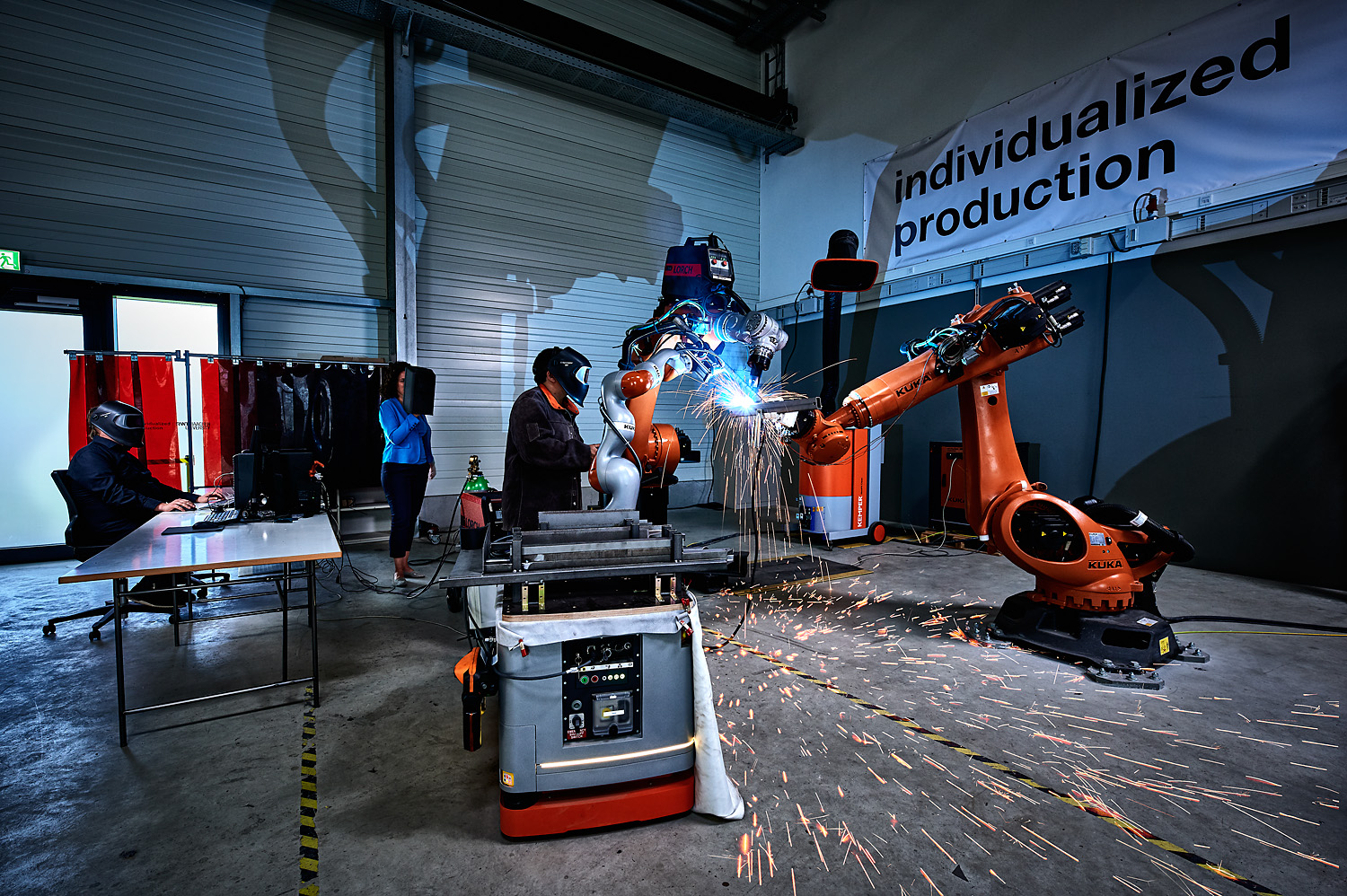Wire and Arc Additive Manufacturing

Manufacturing methods can be categorized in 3 major groups: Subtractive, Formative and Additive Manufacturing.
Additive Manufacturing / 3D printing mostly gained popularity in the 2000s. It is ‘additive’ in that it doesn’t require a block of material or a mold to manufacture physical objects. One of the 3D printing technologies used for larger 3D printed parts is Direct Energy Deposition (DED) that creates parts by melting and fusing material as it is deposited.
WAAM (Wire and Arc Additive Manufacturing) is a variation of a Direct Energy Deposition technology, in which layered beads of welding are deposited to print the desired shape. Because of its potential to fabricate large metal components with low cost and short production lead time it has become a new promising technique over the last years for metal 3d printing. Nevertheless, the presence of unpredictability in process, robot, welder and environment causes changes in bead geometry which leads to a discrepancy between the desired and the real printed shape.
Duration of the Project
October 2021 bis September 2023
Researchers
Ethan Kerber (kerber@ip.rwth-aachen.de) and Jan Luca Fahrendholz-Heiermann (fahrendholz@ip.rwth-aachen.de)
